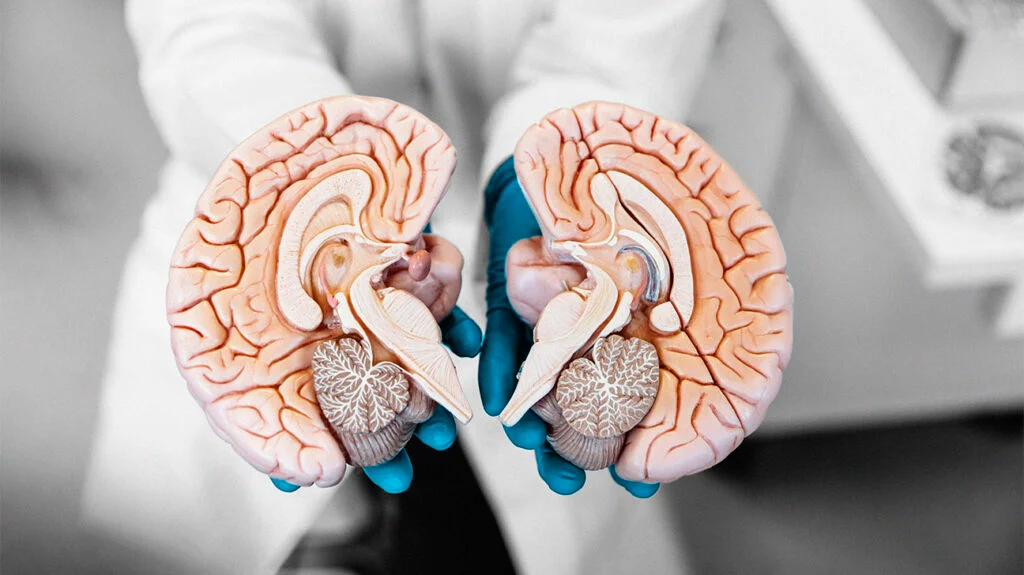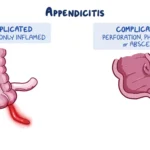Complex partial epilepsy is a neurological disorder that affects the brain, resulting in seizures that disrupt daily life. These seizures, also known as focal seizures, begin in one part of the brain and can impair consciousness. Understanding the symptoms, causes, and available treatments for complex partial epilepsy is crucial for those who are affected by it, as well as their families and caregivers. In this detailed guide, we will explore these aspects in depth to provide a thorough understanding of complex partial epilepsy.

What is Complex Partial Epilepsy?
Complex partial epilepsy is a type of epilepsy characterized by seizures that originate in one part of the brain. These seizures primarily affect the temporal lobes but can also affect other regions of the brain. Unlike generalized seizures, complex partial seizures do not affect the entire brain at once. However, they can still cause significant impairment, including confusion, loss of consciousness, or changes in behavior.
The hallmark of complex partial seizures is a disturbance in consciousness. During a seizure, a person may appear confused, unresponsive, or unaware of their surroundings. These seizures can also involve automatisms, such as repetitive movements (e.g., lip-smacking, hand-wringing, or staring) that are beyond the person’s control.
Key Symptoms of Complex Partial Seizures
The symptoms of complex partial epilepsy vary from person to person, but they typically include:
- Loss of Consciousness: This may range from a mild alteration in awareness to complete unconsciousness.
- Automatisms: Repetitive, involuntary actions such as hand movements, lip-smacking, or chewing.
- Memory Loss: Individuals may have difficulty recalling events that occurred during a seizure.
- Confusion and Disorientation: After the seizure, individuals may experience confusion or memory gaps.
- Emotional and Behavioral Changes: Sudden outbursts of fear, anger, or aggression can occur during or after a seizure.
Causes of Complex Partial Epilepsy
Complex partial epilepsy can be triggered by various factors that affect brain function. Some common causes include:
- Brain Injury: Trauma or damage to the brain due to an accident or surgery can lead to the development of epilepsy.
- Brain Tumors: Abnormal growths in the brain may disrupt normal brain activity, leading to seizures.
- Genetic Factors: Inherited genetic mutations can predispose individuals to epilepsy.
- Infections: Brain infections, such as meningitis or encephalitis, can result in seizures.
- Stroke: A stroke can damage the brain’s tissue, leading to focal seizures.
- Cerebral Malformations: Abnormal brain development in utero can cause epileptic activity later in life.
In some cases, the exact cause of complex partial epilepsy remains unknown, and it is classified as idiopathic epilepsy.
Diagnosis
Accurate diagnosis of complex partial epilepsy is essential for determining the most effective treatment plan. The diagnostic process typically includes:
- Medical History: A detailed history of the individual’s symptoms, family history of epilepsy, and any prior medical conditions is collected.
- Neurological Examination: A series of tests to assess brain function, reflexes, and cognitive abilities.
- Electroencephalogram (EEG): A non-invasive test that measures electrical activity in the brain. It can help identify abnormal brain waves associated with seizures.
- MRI or CT Scan: Imaging studies that provide detailed images of the brain to detect any abnormalities, such as tumors, brain injuries, or structural malformations.
Treatment
Treatment for complex partial epilepsy focuses on controlling seizures and improving the quality of life for individuals affected by the disorder. Common treatment options include:
1. Medications
Anti-seizure medications, also known as anticonvulsants, are often the first line of treatment for complex partial epilepsy. These medications work by stabilizing electrical activity in the brain and preventing seizures. Common anticonvulsants used in the treatment of complex partial epilepsy include:
- Carbamazepine (Tegretol)
- Lamotrigine (Lamictal)
- Levetiracetam (Keppra)
- Topiramate (Topamax)
- Valproic Acid (Depakote)
It may take some time to find the right medication and dosage, as each individual responds differently to treatment.
2. Surgical Intervention
For individuals who do not respond to medication, surgery may be considered. The most common surgical approach is called lobectomy, where the area of the brain responsible for the seizures is removed. This procedure is often effective in reducing or eliminating seizures in patients with focal epilepsy.
3. Vagus Nerve Stimulation (VNS)
Vagus nerve stimulation involves implanting a device under the skin in the chest that sends electrical impulses to the brain through the vagus nerve. This treatment has been shown to reduce the frequency and severity of seizures in some patients.
4. Ketogenic Diet
In some cases, a high-fat, low-carbohydrate ketogenic diet may be recommended. This diet alters the body’s metabolism and can help control seizures, particularly in children.
5. Responsive Neurostimulation (RNS)
Responsive neurostimulation is an advanced treatment option where a device is implanted in the brain to detect abnormal electrical activity and deliver electrical impulses to stop seizures before they occur.
Managing Complex Partial Epilepsy
Managing complex partial epilepsy requires a combination of treatment, lifestyle changes, and support systems. Here are key strategies for managing the condition:
- Regular Follow-Ups with Neurologists: Continuous monitoring by a healthcare provider ensures the effectiveness of treatment and allows for adjustments as needed.
- Seizure Triggers: Identifying and avoiding triggers such as stress, lack of sleep, or flashing lights can help reduce the frequency of seizures.
- Lifestyle Modifications: Adequate rest, a balanced diet, and regular exercise contribute to overall well-being and seizure management.
- Support Systems: Emotional and social support from family, friends, and support groups can help individuals cope with the challenges of epilepsy.
Prognosis and Quality of Life
With appropriate treatment and management, many individuals with complex partial epilepsy are able to lead normal or near-normal lives. The prognosis largely depends on factors such as the underlying cause of the epilepsy, the effectiveness of treatment, and the frequency of seizures.
Some individuals may experience a reduction in seizure frequency over time, while others may continue to face challenges in controlling their seizures. It is important to work closely with a healthcare team to adjust treatments as necessary and improve overall quality of life.

